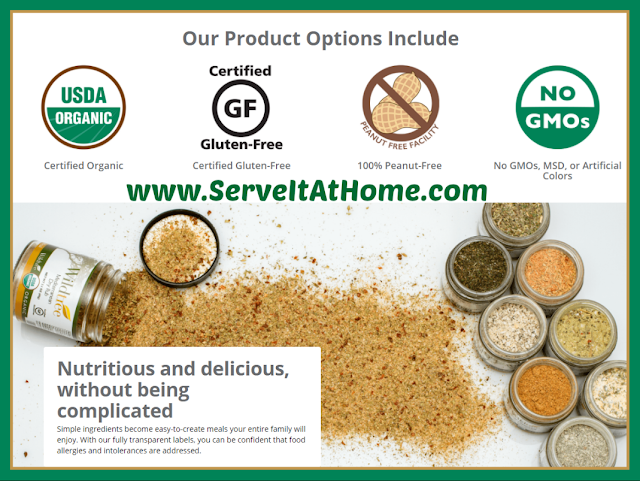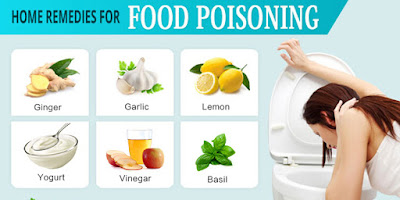On a Mission to help more people eat Healthy!
Nutritious and delicious, without being complicated
Simple ingredients become easy-to-create meals your entire family will enjoy. With our fully transparent labels, you can be confident that food allergies and intolerances are addressed.
-------------------------------------------------------------------------------------------------------------------------------------
One of the most prevalent illnesses today is food poisoning.
It starts as a slight discomfort a few hours after eating and grows into a life-threatening episode requiring hospitalization.
The most common cause are the salmonella e-coli and listeria bacteria. And, they can be common problems in the chef’s kitchen.
Common breeding grounds for bacteria are kitchen towels, dish rags and brushes, cutting boards, kitchen sinks, door, drawer and refrigerator handles. Little things like timers, whisk handles, pepper mills and salt shakers also become breeding grounds for bacteria. You can also add bottles of oil, spice jars, can openers and the controls on your stove or ovens.
Food itself can be storage places for bacteria with the culprits chicken and other poultry, eggs, raw meats, dairy products, and even fresh fruits and veggies.
In addition to washing your hands regularly while cooking here is a list of things you should do in your kitchen to reduce the likely-hood of food poisoning:
1. Wash poultry in ice cold water when you bring it home from the supermarket and refrigerate immediately. Cook it as soon as possible.
2. Wash your hands and everything else that comes in contact with raw poultry.
3. Wash, never reuse knives, cutting boards, towels or anything else that touches raw poultry without washing them. This means don’t use the cutting board or knives to chop vegetables or anything elsethat will not be cooked immediately.
4. Wash your hands after going to the bathroom. Your family is not immune to your personal e-coli!
5. Wash all vegetables immediately after you bring them home from the market. This includes all fruit including watermelons, strawberries, peaches, mangos, grapes, and almost every other fruit including bananas.
6. Use a lot of paper towels that can be thrown away. Dish rags and towels are one of the biggest breeding grounds for bacteria.
7. Keep your kitchen counters clean. Use a diluted bleach or disinfectant before and after meal preparation.
8. Refrigerate foods as much as you can and read the labels on condiments, sauces, jams and jellies to see if they need refrigeration after opening. DO NOT LEAVE MAYONNAISE ON THE COUNTER ON A SUMMER DAY! That goes for anything made with the mayonnaise as well.
9. Gently wash eggs in ice cold water before putting them in the fridge. There is nothing sterile about an egg that came from the chicken coop.
10. Buy your meat, especially hamburger, from a reputable butcher shop.
11. Make sure you have a meat thermometer and make sure all meat is cooked to the proper temperature to kill the dangerous bacteria in meats, poultry and fish.
12. Wash your hands!! I can’t repeat this enough!
13. Plan your grocery shopping so you go home immediately after you purchase perishable foods.
14. If fish smells like fish, don’t buy it! If anything smells “off” or not what
you are accustomed to, don’t buy it.
15. If a can or jar whooshes when you open it, throw it away or better yet, take it back to the store.
16. Drain things over the sink, not in it. This place is teeming with bacteria. Sterilize it often, but still keep edible food out of it.













